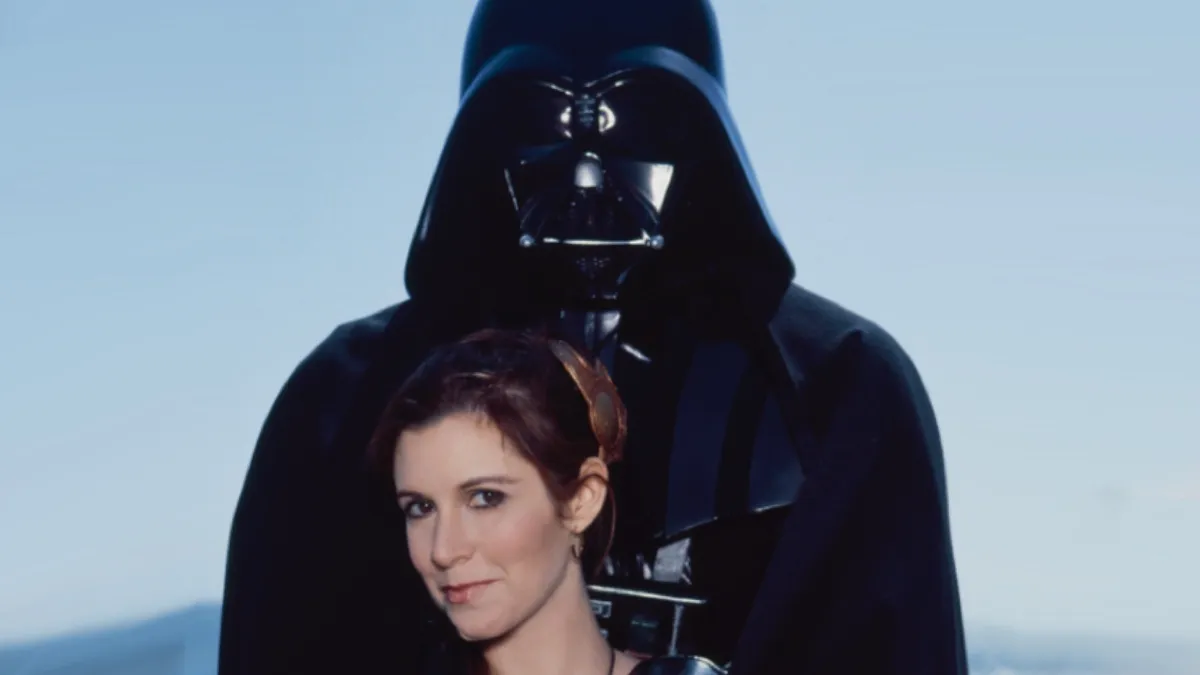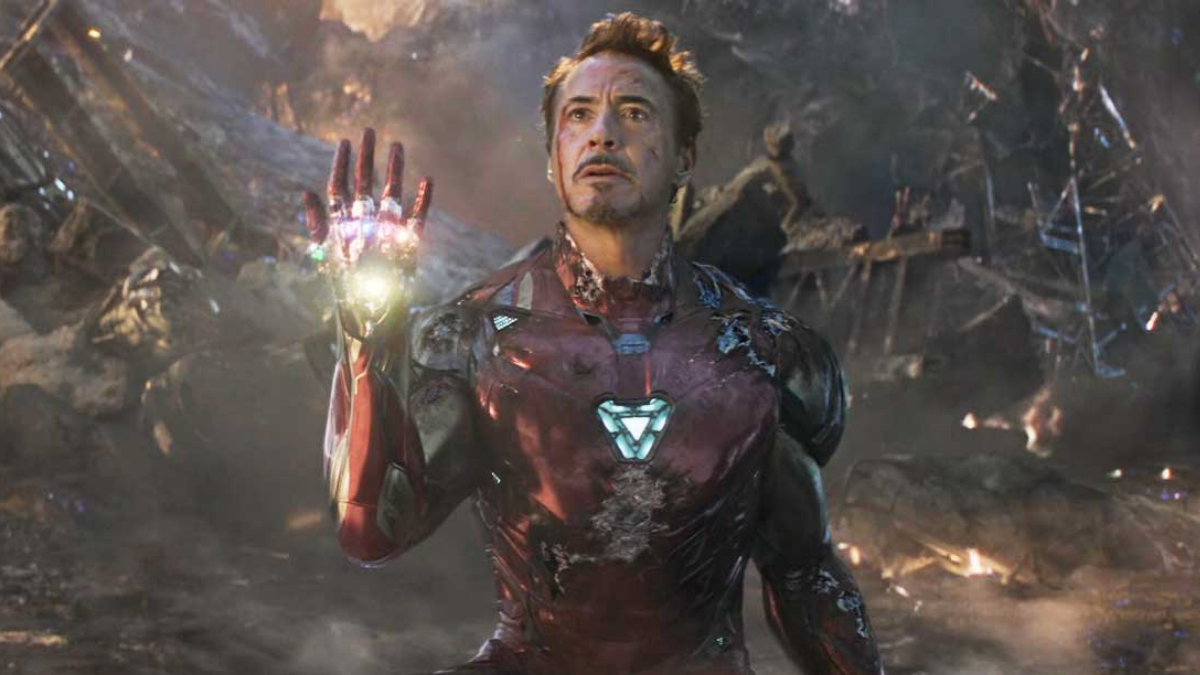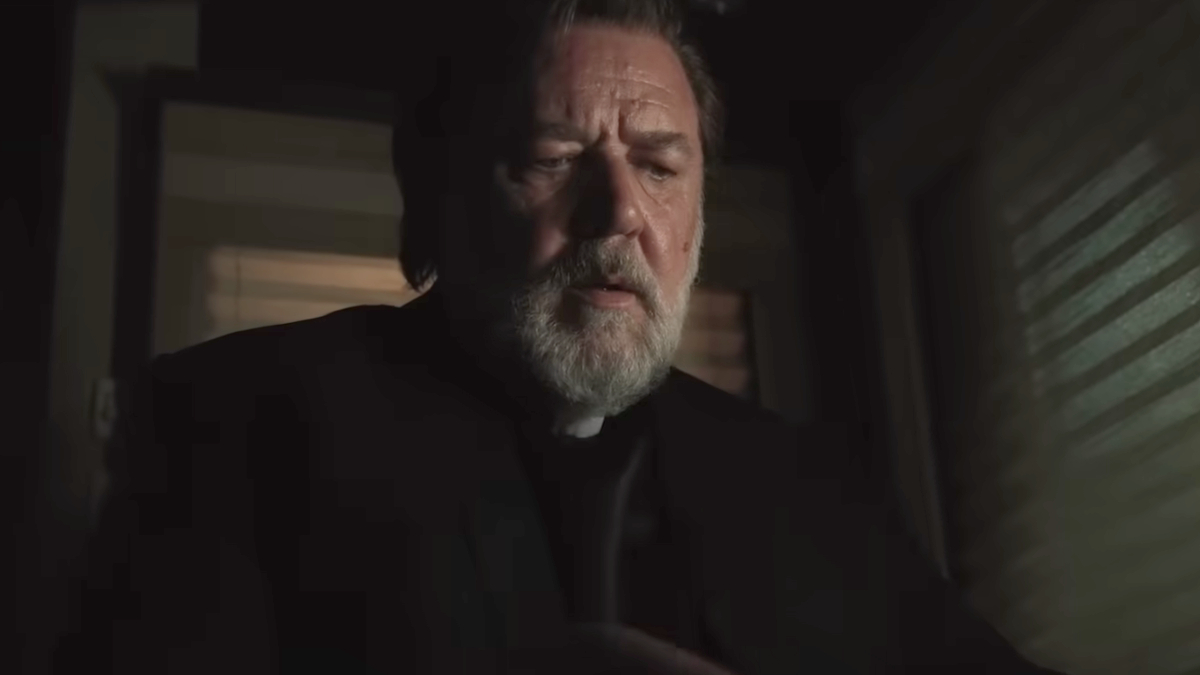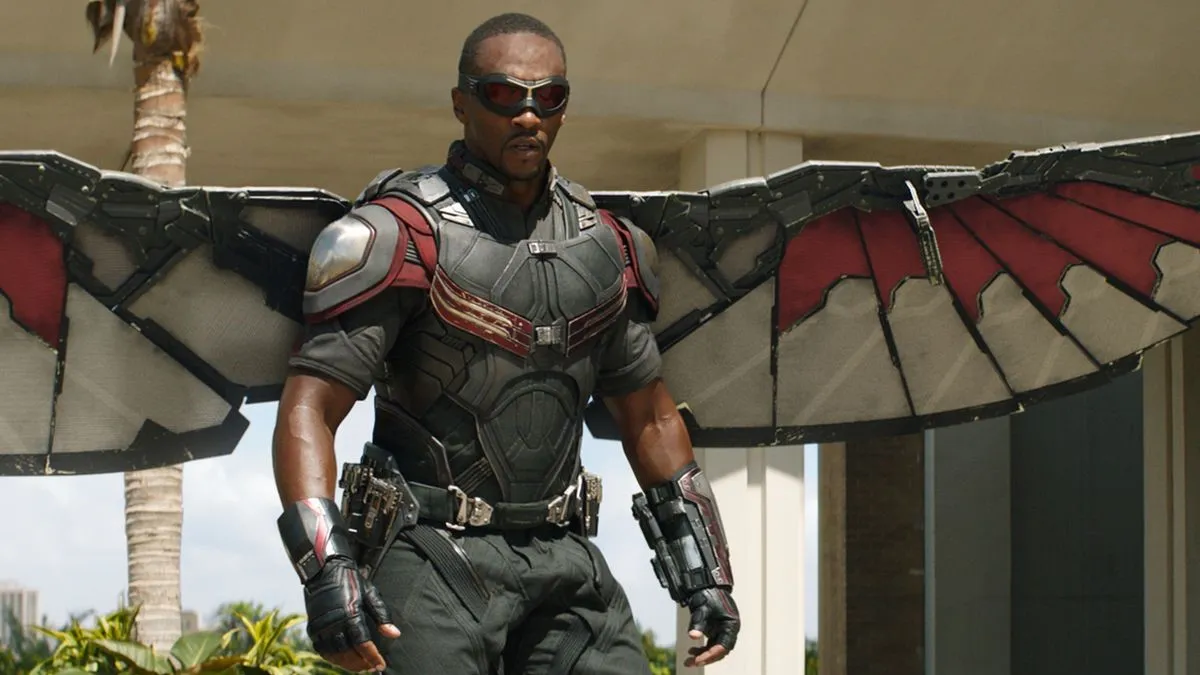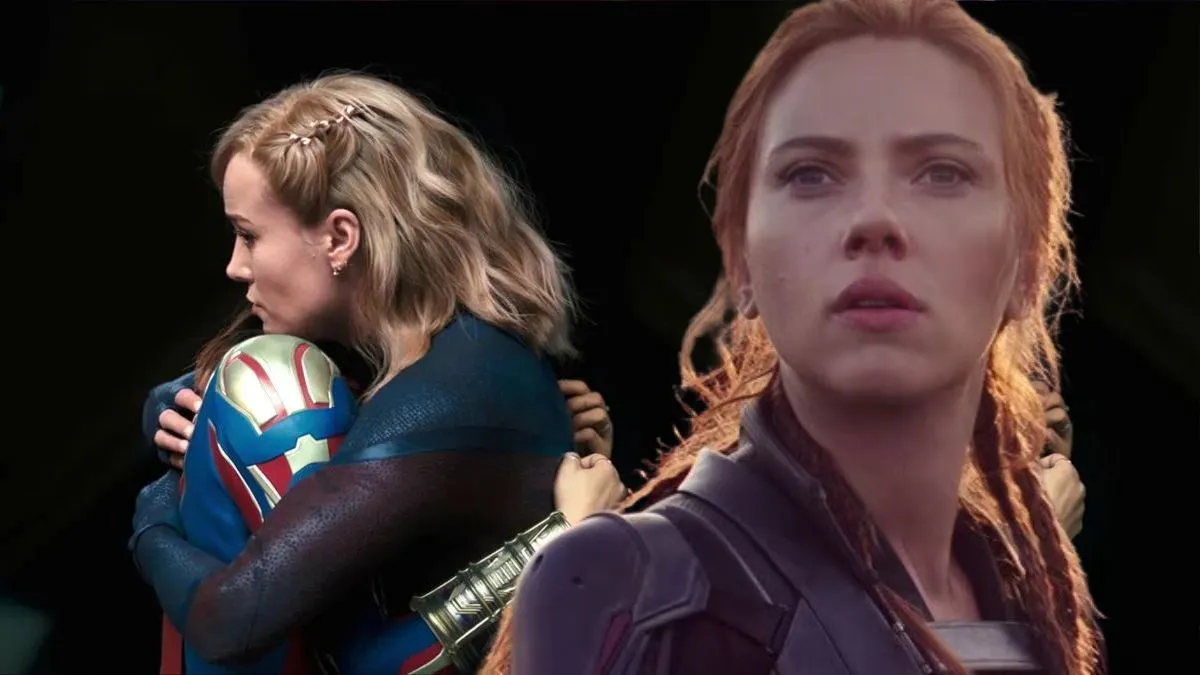Steven Spielberg’s Ready Player One escapism is the *exact* earthly distraction social media users have been generalizing and “debating” since announcements first landed. Created *for* “geeks,” *about* “geeks” and *by* “geeks” – that’s not a dig, mind you. If you’ve been raving about a nostalgia-stuffed trailer with more references than an entire season of I Love The 80s, welcome to your nastiest virtual wet dream. If you’ve been gathering others to raise pitchforks in protest, this two-and-a-half hour CGI name-dropper isn’t for you. Simple as Simon. How’s that for a straightforward take?
Upon logging into Ready Player One, we’re introduced to Wade Watts (Tye Sheridan) aka Parzival – the latter name his gamertag in an expansive massively multiplayer realm known as the “Oasis.” The year is 2045 and no one wants to live their actual, crumby lives. They just want to level-up in James Donovan Halliday’s (Mark Rylance) simulation where dreams come true (outside of reality). You can Minecraft, compete in deathmatches on Doom – just don’t die because then all your loot and coins are depleted.
In any case, people become more connected to their pixelated avatars than human forms. Sounds…unhealthy – but that’s only where young Wade’s troubles begin.
Zak Penn’s adapted screenplay (novel by Ernest Cline) plops us into the middle of an online revolution. Halliday has passed and left his entire Gregarious fortune – along with the Oasis – as an Easter Egg for one worthy champion to find. Players dream of becoming the next Halliday, including Innovative Online Industries (IOI) executive Nolan Sorrento (Ben Mendelsohn). His consumerism mindset hopes to gain control of Halliday’s Oasis for monetization purposes, which is not appreciated by rebellion players like Art3mis (Olivia Cooke). You’d be right to assume things get messy when it’s Parzival who completes the first of three Halliday challenges – starting a war both in-game and in-life.
Remember, we’re talking about Steven Spielberg here. This basement full of collectibles is curated with care and a general love for medium, but will throw characters at you without even attempting to make them stick. If one was to list every cameo glimpsed, this review would run about 10,000 words. Battletoads, Batman, Teenage Mutant Ninja Turtles, Hello Kitty, Looney Tunes, Monty Python and the Holy Grail, Mortal Kombat, Alien, Sonic the Hedgehog, the Iron Giant, Star Wars, Star Trek, Mobile Suit Gundam, Overwatch, Back To The Future, Buckaroo Banzai, Terminator 2: Judgement Day – OVERLOAD. MALFUNCTION. Before my screening, Spielberg instructed the audience not to get distracted when looking “out the windows” (counting references). Unfortunately, that’s Ready Player One‘s most endearing quality.
The framework around Wade/Parzival’s “epic” quest benefits an anonymous admirer who’s made into a hero simply because of his unhealthy devotion to Halliday. “A fanboy knows a hater…” is the kind of toxic fandom stance that poisons and devolves what should be universal inclusivity. Ready Player One heralds Wade Watts’ limitless “power” while keeping someone like Cooke’s infinitely more endearing Samantha Cook – aka Art3mis – as background filler meant to service someone else’s story. Penn’s screenplay might toss around pop-culture nods like light reflections off a disco ball in a house of mirrors, but it’s also deafeningly one-note. That’s made abundantly clear when Wade and Samantha’s first meet-up immediately (and awkwardly) positions Samantha as his love interest – lucky Wade, her “only hope.”
Frankly, no aspect of Ready Player One invests in stakes. Monologues about taking back the Oasis and fighting against corporate greed feel no unifying rise; story mapping overburdened by exposition as a means to patch plot holes. Wade barely acknowledges the death of his Aunt (emotionally undersold), Halliday’s spectrum behavior is used as a device and advancement continually appears coincidental. Spielberg’s direction is fluid and concise – re: Spielberg – but it also misreads the translation of impacts felt after major event completions. Like, say, how frequently Shoto (Philip Zhao) reminds us he’s an 11-year-old badass because we’d forget his “importance” otherwise. Savior moments are established, sacrifices made, but all for what? Importance is stressed on aping Jurassic Park and King Kong as obstacles across a New York City Need For Speed style race, diluting characters with NPC personalities.
Yet as I sit here waxing on about how a 150-minute film fails to detail an uprising story without consequence, there’s an undeniable truth – the action is engaging enough to entertain. As a horror fan, my geek-outs hit hard. I mean I got Stripe, Chucky, Freddy Krueger, and Jason Voorhees all in the same movie so that’s…something? Plus, fans of The Shining – you’ll be treated to an *entire* challenge set in a reconstructed Overlook Hotel. The twins, the bathtub, the elevator doors, all of it. As popcorn entertainment sweetened by a glaze made from Crystal Pepsi, it’s messy but disgustingly addictive. Only in Oasis realms.

Spielberg’s graphics team worked tirelessly to recreate characters who you’ve become accustomed to playing as for decades. From Duke Nukem to Master Chief, copyrights be damned. Sorrento’s barrel-chested CEO from Hell avatar looks like Bizarro Superman, only to be out-costumed by supergamer-for-hire i-R0k (T.J. Miller). Details are vibrant when they have to be (surfin’ waves on a vacation world) and FPS-gritty other times (the shell-casing covered Doom battleground). Coded extravagancies and animation get away with using the “but it’s a video game” excuse so realism doesn’t *have* to be 100%, which admittedly *can* work. Fast cars, loud guns, fantasy elements like levitated dance floors and zombie waltzes – it can be a thrilling experience if you’re willing to accept visual pleasures over dodgy themes.
Characters, in their human forms, are largely inconsequential and undefined. No one actor glitches the system, but their archetypes are thin holograms. Ben Mendelsohn a maniacal corporate thug who leaves his password (ending in “69”) on a post-it note for easy access. Lena Waithe, Win Morisaki and Philip Zhao – companions who appear after a smartphone text. Mark Rylance, Steve Jobs incarnate, is nothing but a cautionary tale about cutting yourself from society in favor of Oasis-like consumption (social disassociation that’s distracting and on-the-nose). Even Sheridan has little to work with besides forced clan rallying that chisels a leader from in-game checkpoints at too quick a pace.
How you can leave audiences wanting more detail after so much time is baffling – and no, I’m not talking about made-up words like “Gunter” (Egg hunter) and Oasis’ spectacle dimensions. You can’t define a guy beyond his favorite shooter being N64’s Goldeneye, mode “Slappers Only,” character Oddjob and expect me to truly care (or like the cheap sonofabitch).
To be perfectly honest, this review doesn’t matter. You will see exactly what you want to see – a white-male-savior story about the very fandom problems that plague our cultural landscape or an all-out gamer’s utopia that’d cause Super Smash Bros. to blush – both of which hold validity. In my humble opinion, Ready Player One isn’t slick enough a commentary worth getting riled up about or distracting enough to hide glaring structural issues underneath a barrage of “HEY I KNOW THEM!” cameos like dangling keys in front of a dog. Except the guy dangling them is Steven Spielberg, and goddammit he dangles them so good at times (“It’s fuckin’ Chucky!” did it for me).


